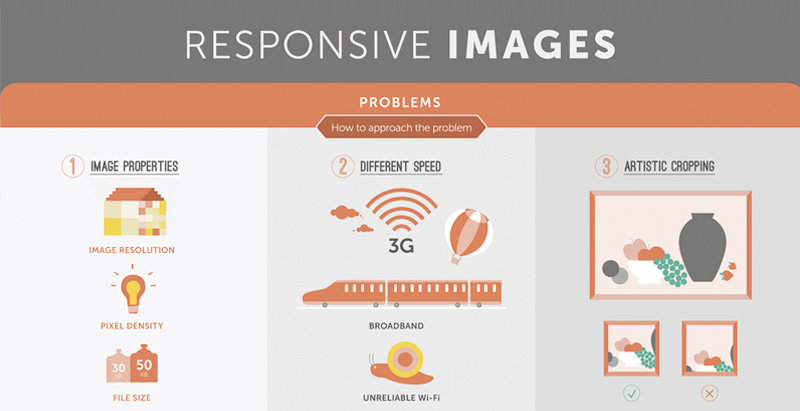The Growth Of Internet Site Layout: From Earlier Times To Now
The Growth Of Internet Site Layout: From Earlier Times To Now
Blog Article
Staff Writer-Kinney Hejlesen
In the past, web sites were basic and concentrated on information. Navigation was direct, and design was for desktop computers. Now, user experience is crucial. Data guides designs for simple navigating. Receptive layouts fit different tools. Today, dark setting reduces stress, and minimal menus improve navigating. Interactive attributes engage customers, and strong visuals stand apart. AI assimilation increases engagement. See how layout has progressed to boost your on the internet trip.
Very Early Days of Web Design
In the very early days of website design, simplicity reigned supreme. Internet sites were standard, with restricted shades, fonts, and layouts. The focus was on supplying info rather than showy visuals. Customers accessed the web with sluggish dial-up connections, so rate and capability were key.
Navigating food selections were straightforward, usually located on top or side of the page. Internet sites were created for desktop computers, as mobile surfing had not been yet common. Web content was king, and developers prioritized easy readability over intricate design components.
HTML was the primary coding language used, and developers needed to work within its restraints. Animations and interactive features were minimal compared to today's standards. Websites were static, with little dynamic material or individualized individual experiences.
Rise of User-Focused Design
With the evolution of site design, a shift in the direction of user-focused design principles has actually ended up being significantly popular. Today, producing sites that prioritize customer experience is essential for engaging site visitors and attaining company objectives. User-focused style involves understanding the demands, preferences, and behaviors of your target audience to tailor the website's layout, content, and includes appropriately.
Developers currently carry out extensive research study, such as customer surveys and functionality screening, to collect understandings and responses directly from individuals. This data-driven method assists in creating instinctive navigation, clear calls-to-action, and visually appealing user interfaces that reverberate with site visitors. By positioning the user at the center of the style process, web sites can deliver a much more personalized and pleasurable experience.
Receptive design has likewise become a key element of user-focused style, guaranteeing that websites are optimized for various tools and display sizes. This versatility enhances accessibility and functionality, dealing with the diverse means customers engage with sites today. Fundamentally, the rise of user-focused design symbolizes a shift towards producing electronic experiences that focus on the demands and assumptions of completion customer.
Modern Trends in Web Design
Explore the latest fads forming website design today. One famous trend is dark setting style, supplying a smooth and modern-day appearance while decreasing eye pressure in low-light atmospheres. An additional vital fad is minimalist navigating, simplifying food selections and enhancing customer experience by concentrating on essential elements. Including micro-interactions, such as computer animated buttons or scrolling results, can develop a more appealing and interactive website. Responsive layout continues to be essential, guaranteeing seamless user experiences across different gadgets. In addition, making use of bold typography and asymmetrical layouts can include visual passion and accentuate specific material.
Integrating AI innovation, like chatbots for customer assistance or individualized referrals, enhances individual engagement and enhances procedures. Availability has likewise come to be a considerable trend, with designers focusing on inclusive style practices to deal with varied customer requirements. Accepting sustainability by enhancing web site performance for speed and efficiency is an additional arising trend in website design. Collaborating with individual comments and information analytics to iterate and improve layout continuously is vital for remaining appropriate in the ever-evolving digital landscape. By accepting these modern trends, you can develop a visually attractive, straightforward internet site that reverberates with your audience.
Conclusion
As you assess the evolution of web site design from the very early days to now, you can see just how user-focused style has actually become the driving pressure behind contemporary fads.
Welcome https://www.homecaremag.com/december-2021/building-digital-marketing-strategy-new-era of adjustment and adaptation in web design, always keeping the individual experience at the forefront.
Tippingpointdigital
Keep existing with the most up to date patterns and innovations, and never ever quit advancing your strategy to create aesthetically sensational and easy to use websites.
Progress, adjust, and develop - the future of web design is in your hands.
